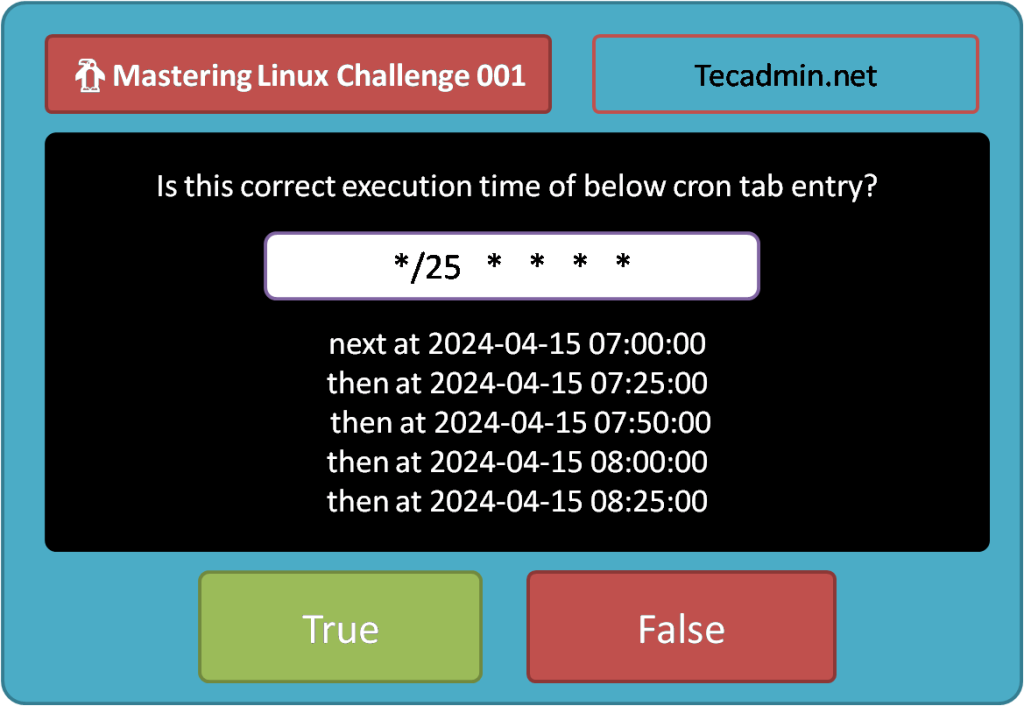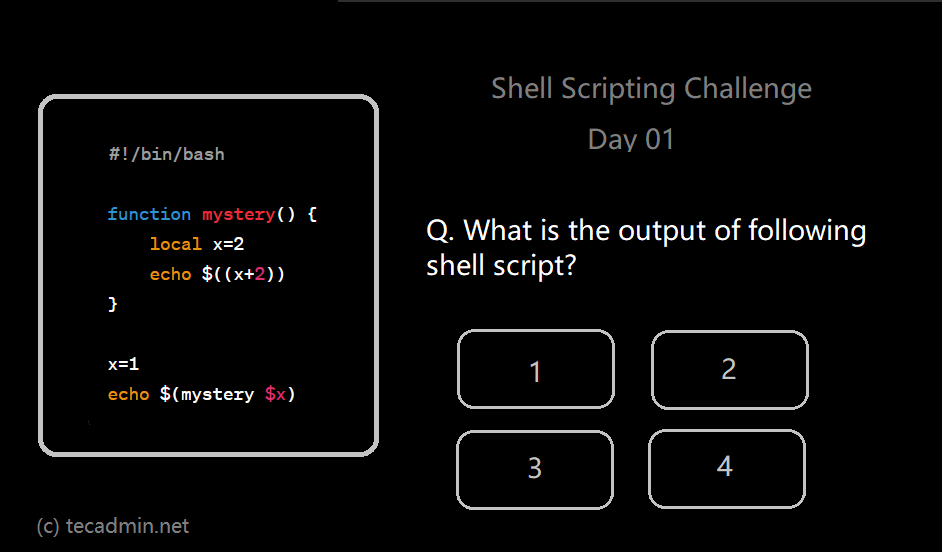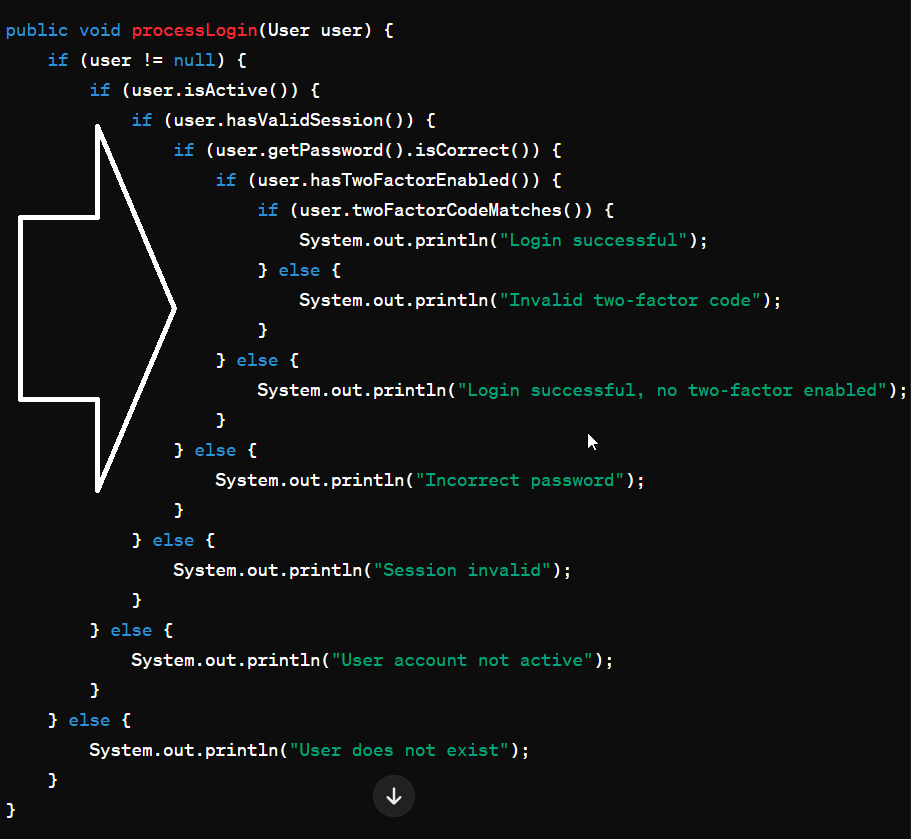In today’s blog post, we’re diving into a fun and educational Python coding challenge that will test your skills in string manipulation and dictionary handling. This challenge is perfect for beginners who are looking to get more hands-on experience with Python. Let’s break down the challenge and then go through a step-by-step guide on how to solve it. Objective The goal is to write a Python program that counts the frequency of each alphabetic character in a given string and outputs the result in a dictionary format. Requirements User Input: The program should prompt the user to input a string.…
Author: Rahul
Java is an object oriented programming language popular among the develops. It is used for a wide range of software applications and development tasks. Installing Java on your Ubuntu system ensures compatibility and functionality for all Java-dependent operations. This tutorial focuses on installation of OpenJDK, the open-source implementation of the Java Platform, Standard Edition, on a Ubuntu 24.04 (Noble) Linux systems. Prerequisites Before proceeding to Java installation, A running Ubuntu 24.04 Linux system with root or sudo access A basic command line knowledge. Now follow the below steps: Step 1: Update Your System As a best practice make sure to…
In the realm of Linux systems administration, the crontab utility reigns supreme for automating tasks. However, crafting the perfect crontab entry can sometimes feel like solving a puzzle. Today, let’s delve into a common query: Is the execution time of a given crontab entry correct? The Crontab Entry in Question Consider the following crontab entry: */25 * * * * script_to_execute This entry appears to be scheduling a task to run at intervals of 25 minutes within each hour. But is it executing as expected? Let’s examine the scheduled times: Run at 2024-04-15 07:00:00 Then at 2024-04-15 07:25:00 Then at…
The Internet of Things, or IoT, encompasses the vast network of devices around the world that connect to the internet, gathering and sharing data. These devices range from everyday household items to sophisticated industrial tools. Linux, a robust operating system, plays a crucial role in powering many of these devices, offering flexibility, security, and stability. Why Linux is Perfect for IoT Linux is a top choice for IoT devices for several reasons: Flexibility and Open Source: Being open-source, Linux allows developers to modify it freely to suit various needs, which is ideal for the diverse requirements of IoT devices. Security:…
Welcome to Module 1 of our Linux System Administration Multiple-Choice Questions series! This module is designed as your first step into the world of Linux system administration. Here, you will encounter a range of questions that cover basic concepts and essential commands fundamental to managing Linux systems. Perfect for beginners or as a refresher for seasoned professionals, this module sets the groundwork for more advanced topics in subsequent modules. Q1 What is the default port number for SSH? A 21B 22C 23D 80 Show Answer Check Answer Correct Answer: B The default port number for SSH (Secure Shell) is 22.…
Welcome to our Shell Scripting Challenge! Today, we have an engaging script designed to test your understanding of some fundamental concepts in shell scripting, particularly focusing on variable scope and function behavior. Examine the script below, try running it on your own, and then explore the explanation to enhance your knowledge of how shell scripts operate. The Shell Script #!/bin/bash function mystery() { local x=2 echo $((x+2)) } x=1 echo $(mystery $x) Challenge Take a moment to predict what you think the output of this script will be when executed in a Bash shell. Writing down your guesses can help…
When developing software, maintaining clean and readable code is crucial. One common pitfall that hampers readability and maintainability is the “Arrow Anti-Pattern”. This pattern emerges when code is heavily nested, leading to a structure that visually resembles an arrow pointing to the right. Let’s explore this anti-pattern using a Java example and discuss strategies to refactor and improve the code. Understanding the Arrow Anti-Pattern The Arrow Anti-Pattern occurs primarily due to deeply nested conditional structures. This usually happens when developers continue to add levels of if statements or loops within others, often in an attempt to handle multiple conditions. While…
Java, one of the most widely used programming languages, offers a rich set of operators to perform various operations, from basic arithmetic to complex logical evaluations. Understanding these operators and their precedence is crucial for anyone looking to master Java programming. To aid in this journey, we have compiled a meticulously curated set of multiple-choice questions (MCQs) focusing on Java Operators. This collection spans from the foundational arithmetic and relational operators to the more nuanced conditional and bitwise operators. Whether you’re a novice programmer aiming to solidify your Java fundamentals or an experienced developer looking to brush up on the…
In the ever-evolving landscape of technology, Linux remains a cornerstone for developers, sysadmins, and IT professionals. Its robustness, security, and open-source nature make it a preferred choice for powering servers, desktops, and embedded systems across the globe. Whether you’re a seasoned Linux user or new to the command line, mastering Linux commands and understanding system administration are crucial skills. To help you gauge your knowledge or prepare for Linux-related interviews, certifications, or just to brush up on your skills, we’ve compiled a comprehensive set of multiple-choice questions (MCQs). These questions cover a wide range of topics, from basic commands and…
Introduction to Bash Scripting Bash scripting is a powerful tool for automating tasks on Unix-like operating systems. Bash, which stands for Bourne Again SHell, is not only the default command-line shell for Linux but also a scripting language in its own right. By writing bash scripts, users can automate repetitive tasks, streamline their workflow, and even manage systems and applications efficiently. One of the main advantages of bash scripting is its simplicity and ease of use. With just a basic understanding of command-line operations and a few scripting fundamentals, users can create scripts that perform complex operations, making it an…




